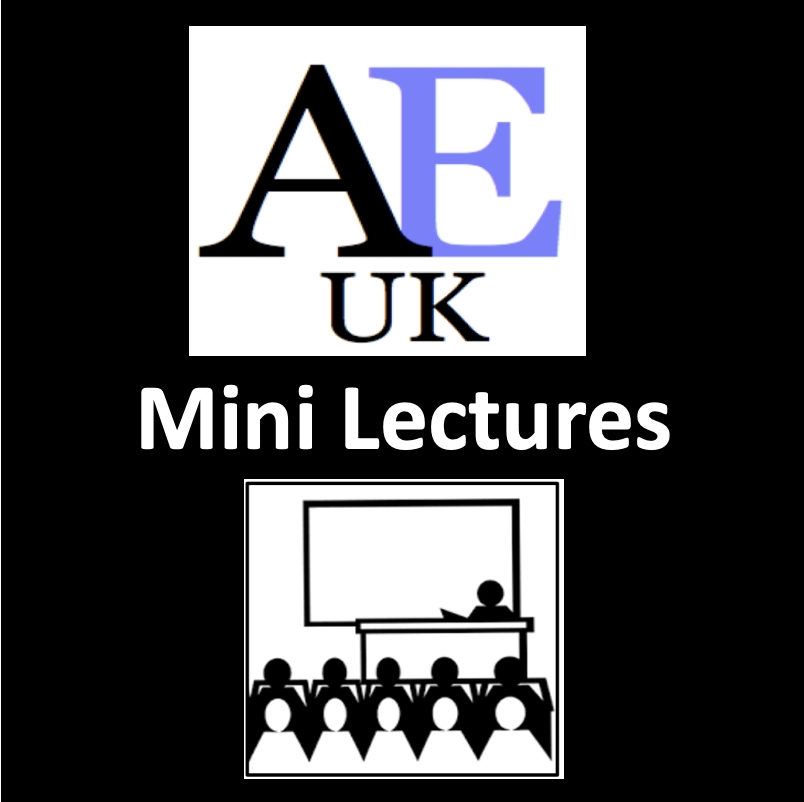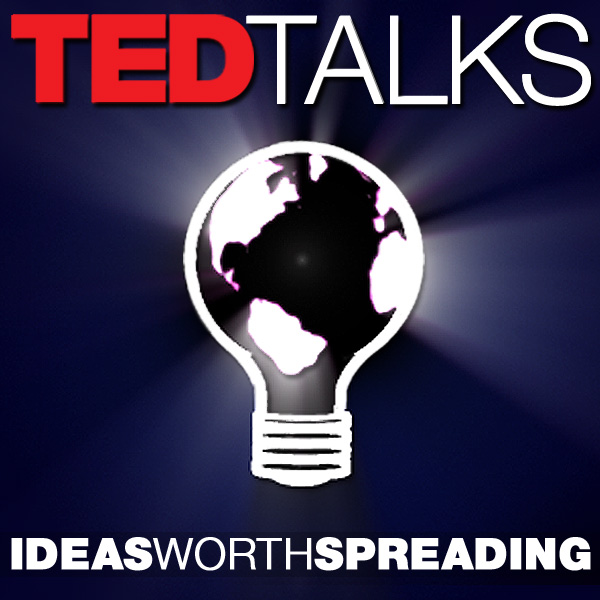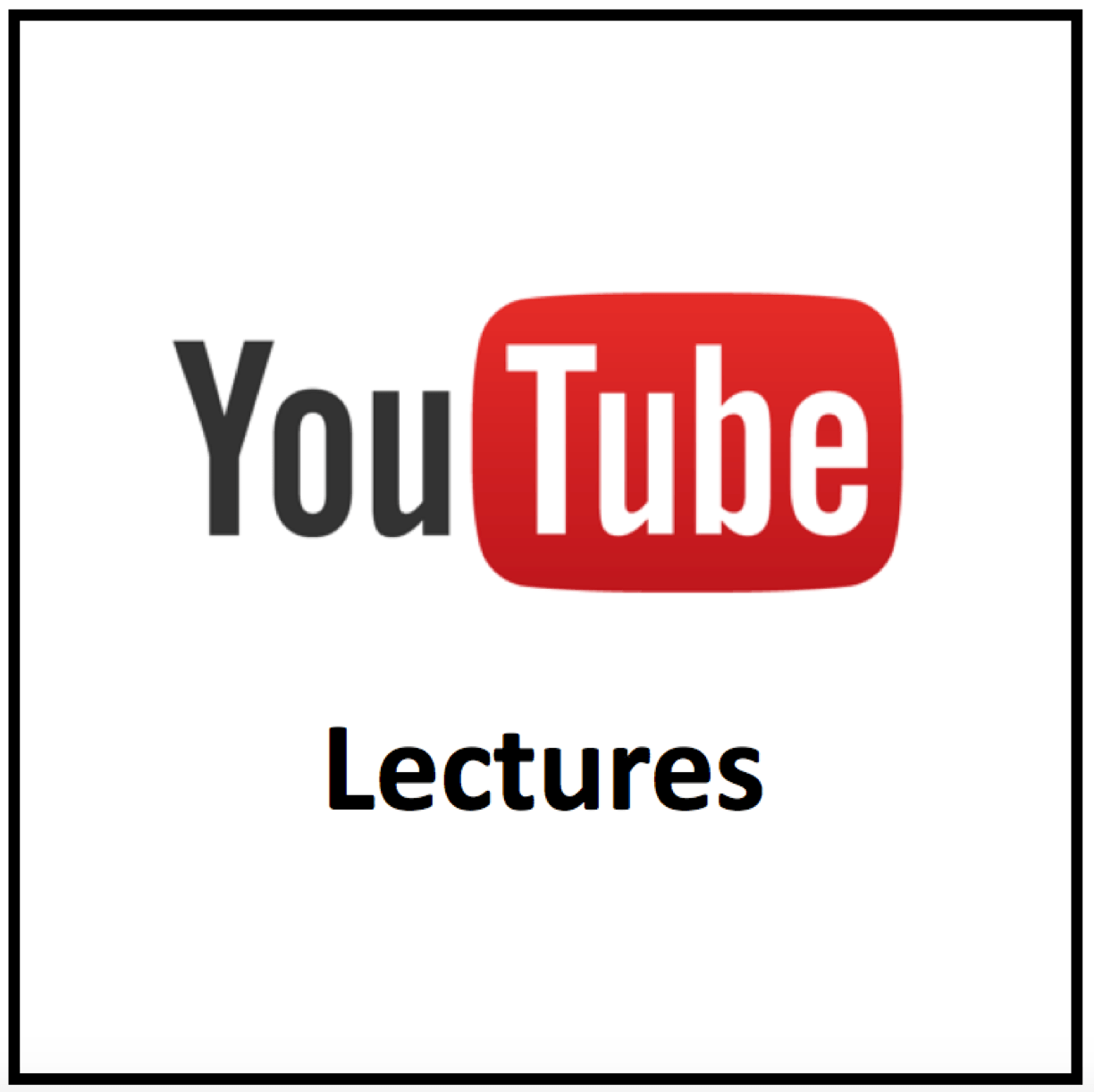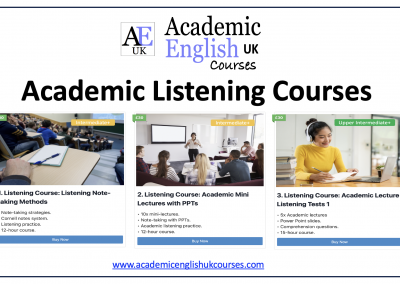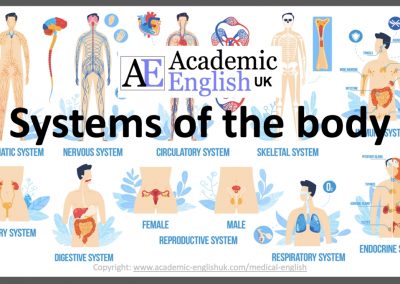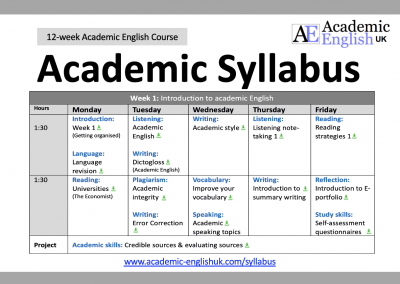TED-Ed Medicine Lectures
A selection of short animated mini lectures based around the TED-Ed medicine website. Each listening is about 4-6 minutes long and includes teacher’s notes, note-taking outline plans and a question sheet with answers. Students listen and take notes using the outline plan, and then answer the comprehension questions to check their understanding. It also includes a critical thinking speaking section at the end.

TED Ed Medicine Lecture Topics
Free Download
How does the immune system work? by TED-Ed Medicine (2018) [new 2023]
This short 5-minute animated lecture looks at what the immune system protects you against. It explains the immune system and explores the role of white blood cells and how they work together. Time: 1 hour. Level ***** [B2/C1] Video [05.09] TEACHER MEMBERSHIP / INSTITUTIONAL MEMBERSHIP
*
Anesthesia
 How does at anesthesia work? TED-Ed Medicine (2016) [new 2023]
How does at anesthesia work? TED-Ed Medicine (2016) [new 2023]
The focus of this short 4.42-minute lecture is to provide an explanation of how anesthesia works. It firstly looks at regional anesthesia and then moves on to the two types of general anesthetia: inhalational and intravenous. Finally, it explains how anesthesia has improved surgical techniques. Example Time: 60 minutes. Level ***** [B2/C1] Video [04.42] TEACHER MEMBERSHIP / INSTITUTIONAL MEMBERSHIP
*
Antibiotics
 How can we solve the antibiotic resistance crisis? TED-Ed Medicine (2020) [new 2023]
How can we solve the antibiotic resistance crisis? TED-Ed Medicine (2020) [new 2023]
The focus of this short 6.00-minute lecture is to explain how bacteria has become resistant to antibiotics. It firstly looks at the uses of antibiotics, the discovery of antibiotics and the start of the resistance, and then moves on to the solutions and challenges. Example Time: 60 minutes. Level ***** [B2/C1] Video [06.00] TEACHER MEMBERSHIP / INSTITUTIONAL MEMBERSHIP
*
Antidepressants
 How do antidepressants work? by TED-Ed Medicine (2021) [new 2023]
How do antidepressants work? by TED-Ed Medicine (2021) [new 2023]
The focus of this short 4.39-minute lecture is to provide an explanation of how antidepressants work. It firstly looks at how depression was treated in the past; it then looks at the discovery of the different antidepressant drugs, how they work and their side effects. EXAMPLE.Time: 60 minutes. Level ***** [B2/C1] Video [04.39] TEACHER MEMBERSHIP / INSTITUTIONAL MEMBERSHIP
*
Arthritis
 Why haven’t we cured arthritis? by TED-Ed Medicine (2019) [new 2023]
Why haven’t we cured arthritis? by TED-Ed Medicine (2019) [new 2023]
The focus of this short 4.11-minute lecture is to explain why it is difficult to cure arthritis. It looks at how widespread the disease it; the common features of the different types of arthritis; the causes of osteoarthritis, rheumatoid arthritis and spondyloarthritis; the current treatments and the preventative measures. EXAMPLE. Time: 60 minutes. Level ***** [B2/C1] Video [04.11] TEACHER MEMBERSHIP / INSTITUTIONAL MEMBERSHIP
*
Bipolar Disorder
 What is bipolar disorder? by TED-Ed Medicine (2017) [new 2023]
What is bipolar disorder? by TED-Ed Medicine (2017) [new 2023]
The focus of this short 5.58-minute lecture is to explain what bipolar disorder is. It firstly gives a definition of this disorder; it then compares two types of the condition. After that each type is explained in terms of the symptoms before discussing how people live with this disorder. It then goes into an analysis of the causes, the diagnosis, the medical treatments and the lifestyle changes that people with this condition can make. EXAMPLE.Time: 60 minutes. Level ***** [B2/C1] Video [05.58] TEACHER MEMBERSHIP / INSTITUTIONAL MEMBERSHIP
*
Bones
 How bones make blood TED-Ed Medicine (2020) [new 2023]
How bones make blood TED-Ed Medicine (2020) [new 2023]
The focus of this short 4.22-minute lecture is to explain how bone makes blood. It firstly looks at what bone consists of and the role of the stem cells in the bone marrow; it then describes what blood cancer is and how it evolves; after that it explains how a bone marrow transplant works before finally identifying potential donors. Example Time: 60 minutes. Level ***** [B2/C1] Video [04.22] TEACHER MEMBERSHIP / INSTITUTIONAL MEMBERSHIP
*
Brain Surgery
 Performing brain surgery without a scalpel. by TED-Ed Medicine (2022) [new 2023]
Performing brain surgery without a scalpel. by TED-Ed Medicine (2022) [new 2023]
The focus of this short 4.58-minute lecture is to describe how brain surgery can be performed using stereotactic radiosurgery. It explains what this treatment is, the process of this treatment and how it works, and then looks at the drawbacks, the benefits and other diseases that can be treated with stereotactic radiosurgery. EXAMPLE.Time: 60 minutes. Level ***** [B2/C1] Video [04.58] TEACHER MEMBERSHIP / INSTITUTIONAL MEMBERSHIP
*
Chemotherapy
 How does chemotherapy work? TED-Ed Medicine (2019) [new 2023]
How does chemotherapy work? TED-Ed Medicine (2019) [new 2023]
The focus of this short 5.06-minute lecture is to explain how chemotherapy works. It firstly looks at how chemotherapy drugs were discovered; it then describes how these drugs are delivered into body and exactly how they kill the cells; after that it describes the side effects of chemotherapy along with how doctors manage these side effects; and it ends with some important statistics on diagnosis and remission. Example Time: 60 minutes. Level ***** [B2/C1] Video [05.06] TEACHER MEMBERSHIP / INSTITUTIONAL MEMBERSHIP
*
Common Cold
 Why is it so hard to cure the common cold? TED-Ed Medicine (2022) [new 2023]
Why is it so hard to cure the common cold? TED-Ed Medicine (2022) [new 2023]
The focus of this short 5.03-minute lecture is to explain why it is so hard to cure the common cold. It firstly discusses some research on pleconaril; it then looks at the immune system and explains how it protects you; after that it discusses vaccines as a treatment and how they work before examining antiviral drugs and how they work; it then illustrates why one disease has been eradicated while another is challenging to eliminate; and finally, it looks at potential new treatments. Example Time: 60 minutes. Level ***** [B2/C1] Video [05.03] TEACHER MEMBERSHIP / INSTITUTIONAL MEMBERSHIP
*
Eye Surgey
 How does laser eye surgery work? by TED-Ed Medicine (2019) [new 2023]
How does laser eye surgery work? by TED-Ed Medicine (2019) [new 2023]
The focus of this short 5.17-minute lecture is to explain how laser eye surgery works. It firstly looks at the invention of keratomileusis and explains how this procedure can correct refractive errors. It then talks about excimer lasers, what they can do and how they work before finally explaining how the technique SMILE works. EXAMPLE.Time: 60 minutes. Level ***** [B2/C1] Video [05.17] TEACHER MEMBERSHIP / INSTITUTIONAL MEMBERSHIP
*
Headaches
 What causes headaches? TED-Ed Medicine (2018) [new 2023]
What causes headaches? TED-Ed Medicine (2018) [new 2023]
The focus of this short 5.07-minute lecture is to explain the cause of headaches. It firstly looks at the cure for headaches in ancient Greece; it then classifies headaches into two types and defines both; after that it looks into four types of headaches and explains what happens in the head that causes the pain along with other symptomatic effects. Example Time: 60 minutes. Level ***** [B2/C1] Video [05.07] TEACHER MEMBERSHIP / INSTITUTIONAL MEMBERSHIP
*
Heart Attacks
 What happens during a heart attack? TED-Ed Medicine (2017) [new 2023]
What happens during a heart attack? TED-Ed Medicine (2017) [new 2023]
The focus of this short 4.40-minute lecture is to explain what happens during a heart attack. It firstly looks at the causes; it then identifies the symptoms; after that it describes the diagnosis; it then explains the treatment for heart attacks before finally putting forward some preventative measures. Example Time: 60 minutes. Level ***** [B2/C1] Video [04.40] TEACHER MEMBERSHIP / INSTITUTIONAL MEMBERSHIP
*
Heart Transplants
 How does heart transplant surgery work? TED-Ed Medicine (2022) [new 2023]
How does heart transplant surgery work? TED-Ed Medicine (2022) [new 2023]
The focus of this short 4.55-minute lecture is to explain how heart transplant surgery works. It firstly provides some statistics on heart transplants; it then describes who the potential recipients and the eligible donors are; after that it describes the surgery in detail before looking at some of the associated challenges; finally, it provides some survival-rate statistics. Example Time: 60 minutes. Level ***** [B2/C1] Video [04.55] TEACHER MEMBERSHIP / INSTITUTIONAL MEMBERSHIP
*
The Immune System
 How does the immune system work? by TED-Ed Medicine (2018) [new 2023]
How does the immune system work? by TED-Ed Medicine (2018) [new 2023]
The focus of this short 5.09-minute lecture is to explain how the immune system works. It firstly looks at what the immune system protects you against; it then defines what the immune system is; after that it explains the role and the types of white blood cells and how they work together; it then identifies the bodily symptoms that help the immune system before finally explaining what happens to people with autoimmune diseases. Example Time: 1 hour. Level ***** [B2/C1] Video [05.09] TEACHER MEMBERSHIP / INSTITUTIONAL MEMBERSHIP
*
Mixing Drugs
 The dangers of mixing drugs by TED-Ed Medicine (2019) [new 2023]
The dangers of mixing drugs by TED-Ed Medicine (2019) [new 2023]
The focus of this short 5.03-minute lecture is to inform of the dangers of mixing drugs. It starts by explaining when drug interactions happen; it then describes the two types of interactions; after that it gives examples of the interactions and what happens in the body during these interactions; and finally it looks at the new developments in science and technology.EXAMPLE.Time: 60 minutes. Level ***** [B2/C1] Video [05.03] TEACHER MEMBERSHIP / INSTITUTIONAL MEMBERSHIP
*
Obesity
 What is obesity? TED-Ed Medicine (2016) [new 2023]
What is obesity? TED-Ed Medicine (2016) [new 2023]
The focus of this short 4.56-minute lecture is to explain what obesity is. It firstly discusses bodily fat in prehistoric times; it then looks at the period of history when being overweight was recognised as ill health; after that it explains the difference between being overweight and being obese; it then identifies the causes of obesity before looking at the effects of obesity and finally the way to improve obesity-related health issues. Example Time: 60 minutes. Level ***** [B2/C1] Video [04.56] TEACHER MEMBERSHIP / INSTITUTIONAL MEMBERSHIP
*
Pneumonia
 Why is pneumonia so dangerous? by TED-Ed Medicine (2020) [new 2023]
Why is pneumonia so dangerous? by TED-Ed Medicine (2020) [new 2023]
The focus of this short 4.07-minute lecture is to explain why pneumonia is so dangerous. It starts by explaining what happens when we breathe and the role of the alveoli; it then defines pneumonia and looks at the cause of this infection; after that it explains the symptoms of pneumonia, the treatment and susceptible populations before finally examining preventative measures. EXAMPLE.Time: 60 minutes. Level ***** [B2/C1] Video [04.07] TEACHER MEMBERSHIP / INSTITUTIONAL MEMBERSHIP
*
Schizophrenia
 What is schizophrenia? by TED-Ed Medicine (2020) [new 2023]
What is schizophrenia? by TED-Ed Medicine (2020) [new 2023]
The focus of this short 5.17-minute lecture is to discuss schizophrenia. It starts by talking about the initial, positive and negative symptoms of this condition; it then examines the possible causes of the disorder; and finally it looks at the different treatments available along with how they work and any side effects. EXAMPLE. Time: 60 minutes. Level ***** [B2/C1] Video [05.17] TEACHER MEMBERSHIP / INSTITUTIONAL MEMBERSHIP
*
Sleep
 What would happen if you didn’t sleep? by TED-Ed Medicine (2017) [new 2023]
What would happen if you didn’t sleep? by TED-Ed Medicine (2017) [new 2023]
The focus of this short 4.20-minute lecture is to explain what would happen if we didn’t sleep. It starts by looking at a case study of a teenager who didn’t sleep for sometime; it then talks about the external and internal signals that prepare our bodies for sleep; after that it informs us of the diseases and conditions that sleep deprivation may cause and it describes a rare genetic condition where people don’t sleep; and finally it examines what happens in the brain when we sleep. EXAMPLE. Time: 60 minutes. Level ***** [B2/C1] Video [04.20] TEACHER MEMBERSHIP / INSTITUTIONAL MEMBERSHIP
*
Steroids
 How do steroids affect your body? TED-Ed Medicine (2022) [new 2023]
How do steroids affect your body? TED-Ed Medicine (2022) [new 2023]
The focus of this short 5.32 minute lecture is to explain how steroids affect your muscles and other parts of your body. It starts with a definition of steroids and the likely users; it then identifies the effects of steroids; after that it explains the medical use as well as the recreational use of steroids before discussing the undesired consequences of the latter. Example Time: 60 minutes. Level ***** [B2/C1] Video [05.32] TEACHER MEMBERSHIP / INSTITUTIONAL MEMBERSHIP
*
Ultrasound
 How does ultrasound work? by TED-Ed Medicine (2021) [new 2023]
How does ultrasound work? by TED-Ed Medicine (2021) [new 2023]
The focus of this short 4.56-minute lecture is to describe how ultrasound works. It firstly describes how sound is created and uses bats and SONAR to clarify how it works; it then examines what ultrasound is used for in a medical context; after that it explains how fetal ultrasound works; and finally it evaluates the positive aspects of ultrasound. EXAMPLE. Time: 60 minutes. Level ***** [B2/C1] Video [04.56] TEACHER MEMBERSHIP / INSTITUTIONAL MEMBERSHIP
*
Full Membership (Teacher / Institutional)
Full access to everything – all our materials. 1 month / 6 month / 12 month memberships £50 / £100 / £500 Join today
*

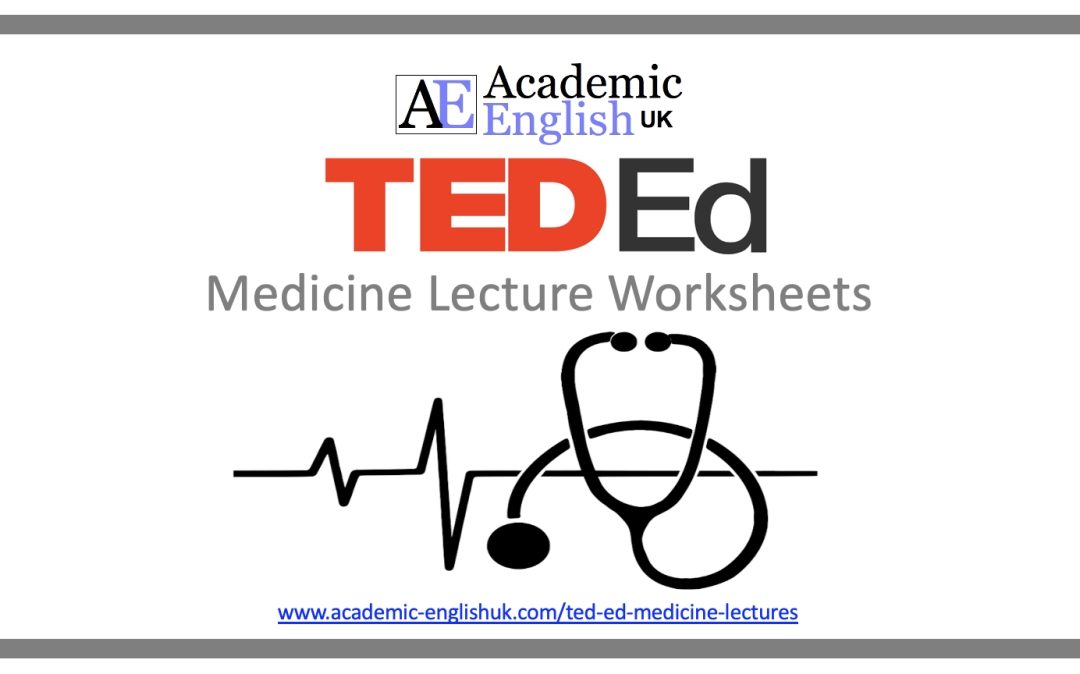
 Full Membership
Full Membership

